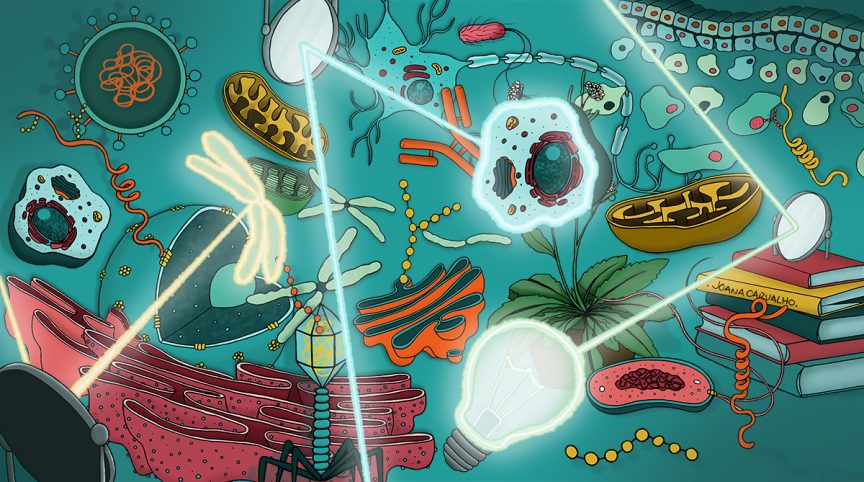Name: Joana Carvalho
Which came first in your life, the science or the art?
Growing up, my passions always oscillated between some form of science and some form of art. Initially, between being a surgeon and a ballet dancer. Later on, between biology and visual arts. When the time came to choose one, I chose biology. I was obsessed with the beauty of genetics at the time. I never stopped drawing though, and my spare time was mostly spent hunched over some piece of paper with a pen in my hand. It was only much later that I realized that you can merge these two fields and transform what is commonly perceived as a dichotomy into something quite exciting in itself.
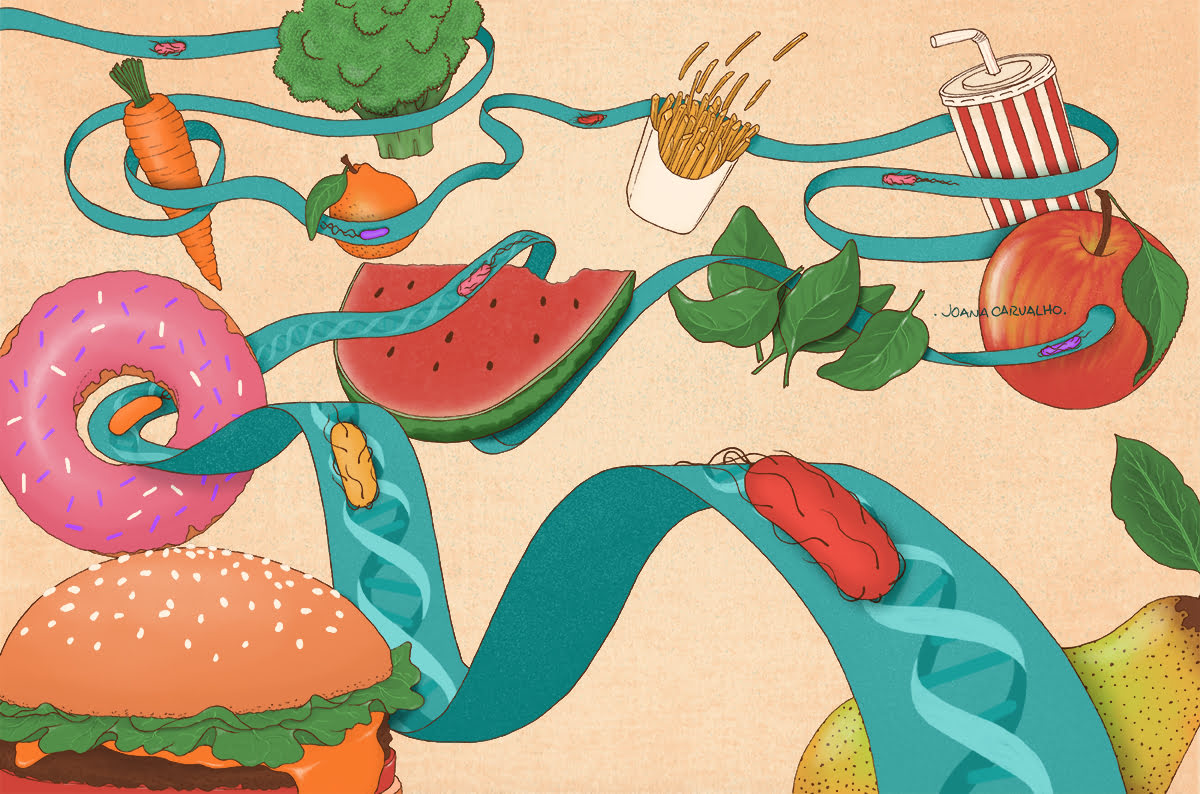
Illustration for “Diet leaves a genetic signature in a keystone member of the gut microbiota” and featured on the cover of the
February 2022 edition of Cell Host & Microbe (2022) by Joana Carvalho
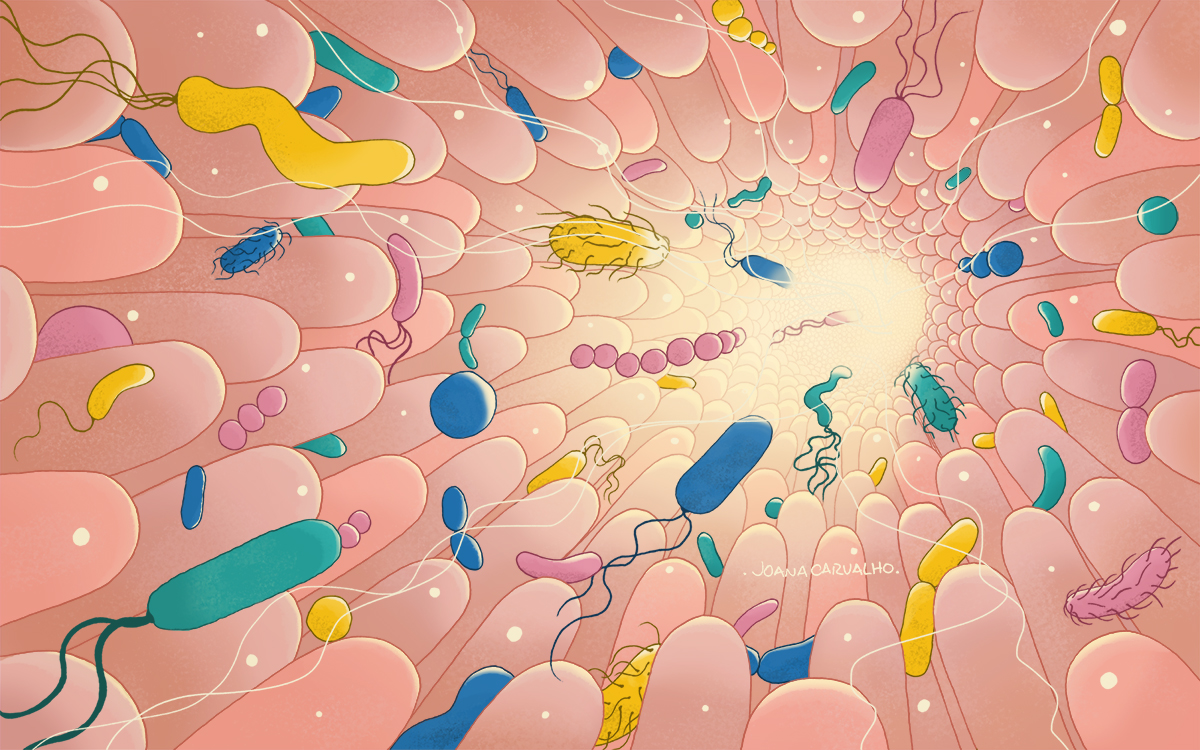
Which sciences relate to your art practice?
My daily work depicts mostly biology-related subjects. The start of my illustration career was very focused on the secret lives of bacteria and the field of microbiology in general. Now that I’m working as a freelancer, my work has expanded to other areas of biology and biotechnology. I get to read and research every day about a new scientific topic to illustrate, and this is one of the most exciting aspects of my job.

What materials do you use to create your artworks?
Depending on the scope of the project, my pieces can be exclusively digital, based on traditional techniques only, or a mixture of the two. Sometimes I work on vector-based pieces, and for that, I use Adobe Illustrator or Affinity Designer.
Other times, I work with traditional media, and my choice tends to be ink and graphite on different kinds of paper. Most of my pieces are hybrids of traditional and digital techniques. Working at the interface between these two media is the sweet spot for me. These pieces always start on paper and get scanned for colouring later on, which is done in Adobe Photoshop.
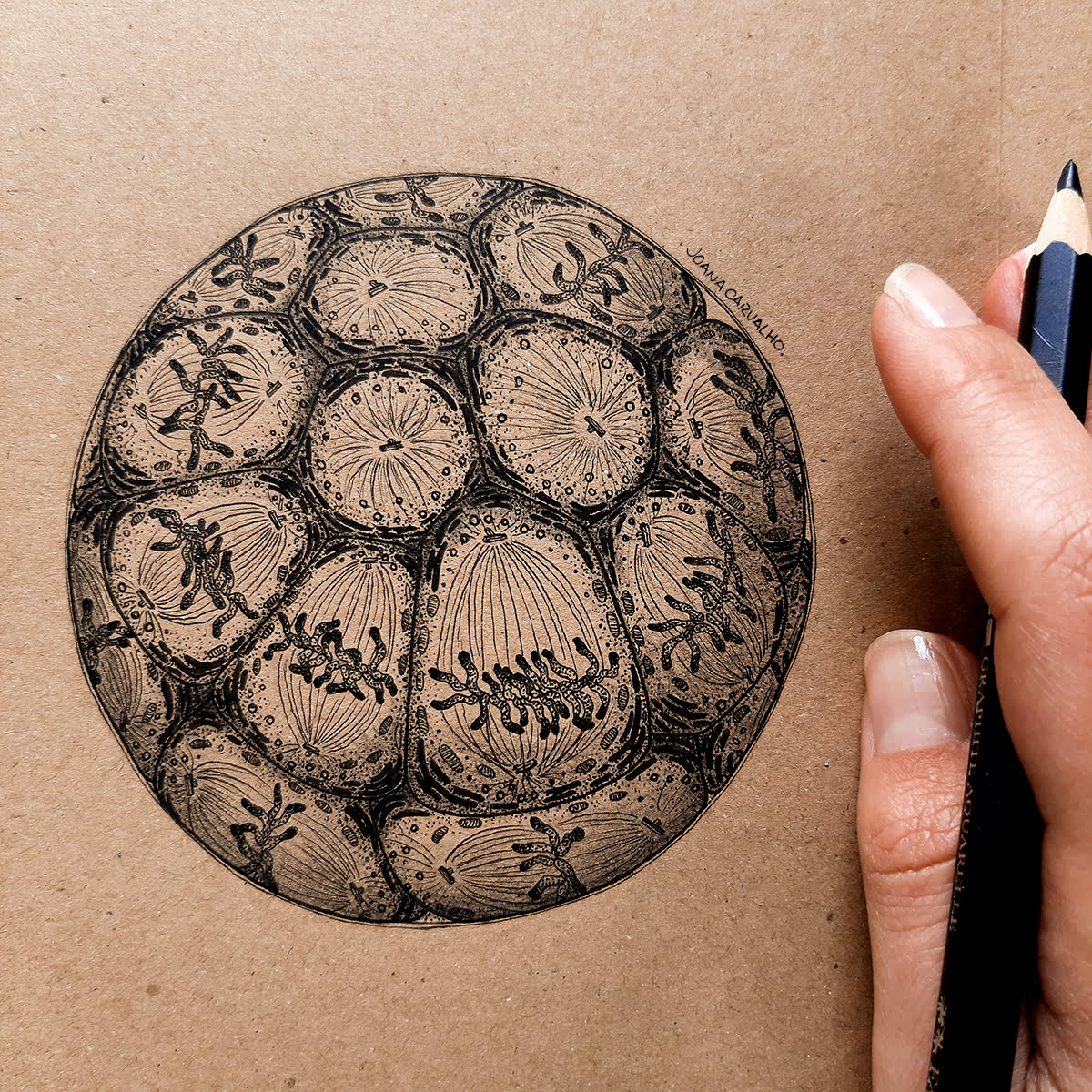
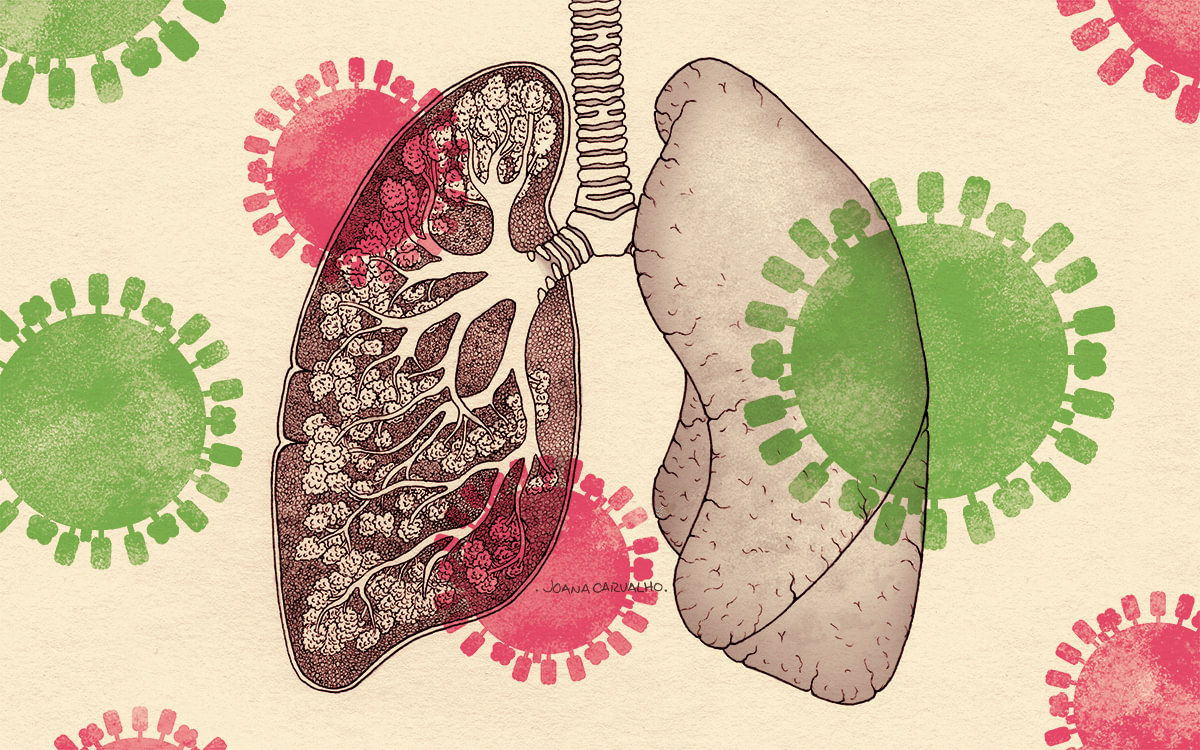

Artwork/Exhibition you are most proud of:
Each new piece I work on is very different from the previous and any attempt at a comparison is a difficult task for me. They all carry a lesson on growth and teach me to become a better professional every day. I have one piece that I always like to highlight though, simply because it was a turning point for me and it always reminds me of my origins, both scientific and artistic.
One of my first science illustrations was the anatomy of a Drosophila melanogaster male. I did it when I was still a research technician and gifted it to my supervisor at the time. It was the first time I realized the power of coupling an image with a story and the kind of complexity this can hide. By the time I finished it, I knew I wanted to become a science illustrator. Exhibitions still seem very unattainable for me, but I hope the future offers some opportunities in that area.


Which scientists and/or artists inspire and/or have influenced you?
The first contact I remember having with science illustration was a cover of a cell biology textbook done by David Goodsell. It’s a depiction of endocytosis in watercolour that makes you want to dive into a thousand-page long book on cell biology. The teacher who introduced me to the book was the first scientist I met that encouraged students to draw what they would observe in the microscope. I was making SciArt before I even knew it. Drawing cells and insects in university inspired me to discover the work of Ernst Haeckel, Theodor Boveri, Eugene Séguy, and so many others. From the classic naturalist illustration, it wasn’t long until my curiosity transported me into other fields, and I found myself falling in love with the work of artists and authors like Edward Gorey, Charley Harper, and Hergé. All these people inspire me, and the list just keeps on expanding. The world is so full of talent and creativity, if one just knows where to look. And it’s really exciting to explore all of it and let it influence my work.
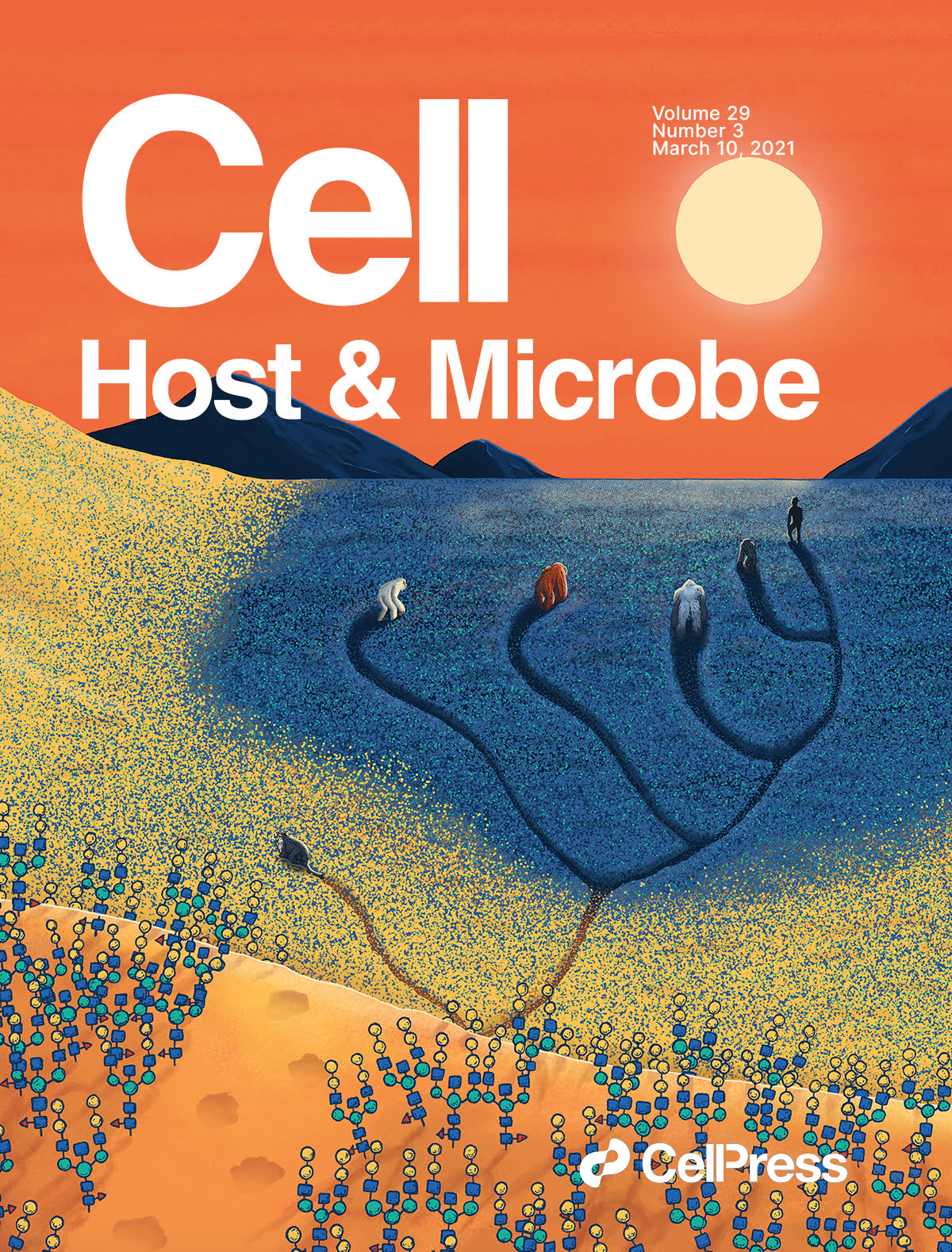
SciArt is an emerging term related to combining art and science. How would you define it?
SciArt is an umbrella term that keeps getting wider as science reaches more and more spheres of society. To me, it brings together any form of art that is used to explain the physical world around us. Poetry, illustration, photography, sculpture, music, and cinema can all be used to tell science stories. One thing I find interesting about it and the way it’s used is how it provides a sense of community. The people who do SciArt would most likely not communicate with each other otherwise, because they come from such different realities and speak such different artistic languages. Bringing all these perspectives together is very positive and creates a rich environment for innovation in the way science is communicated. I look forward to seeing what the future holds for the SciArt community.
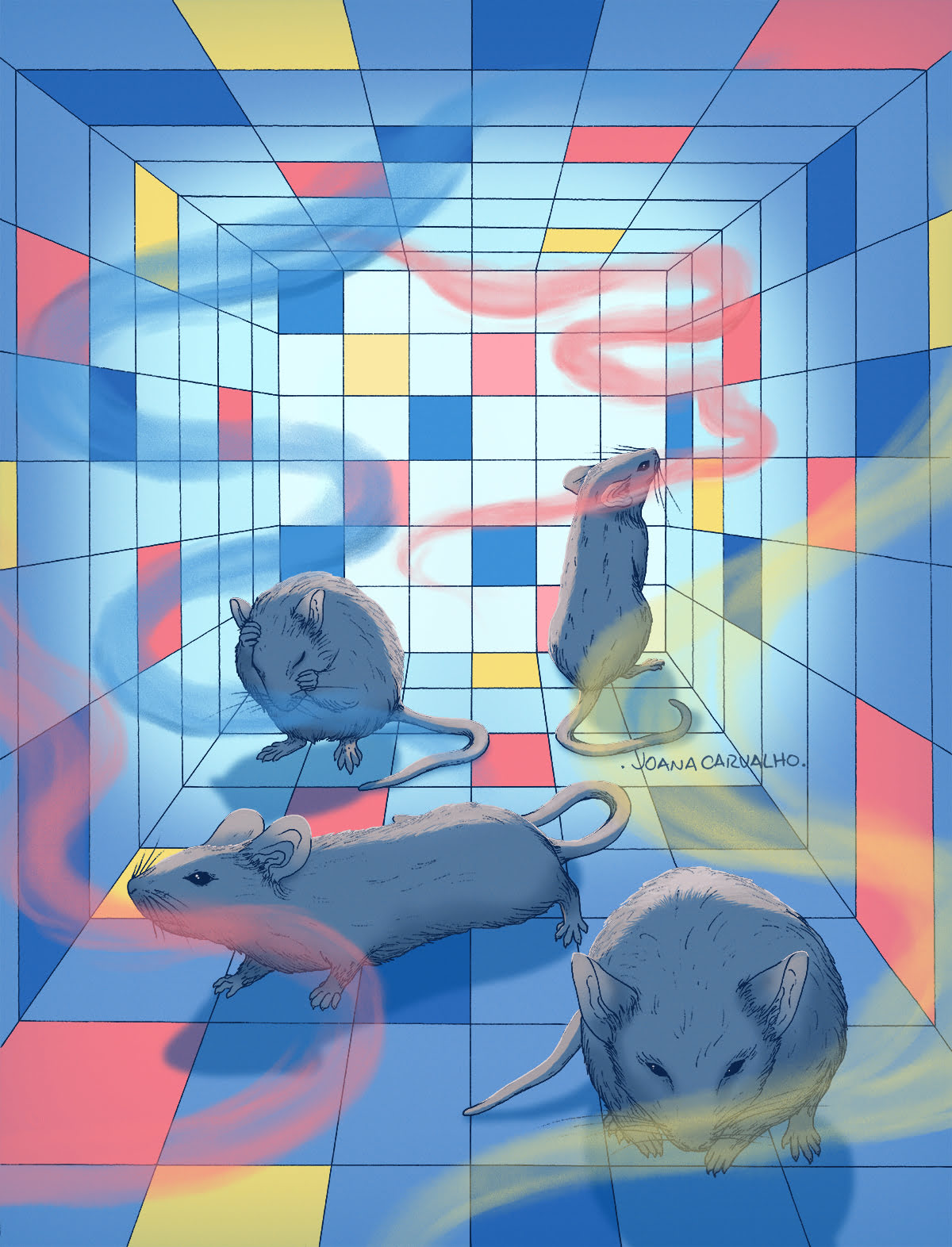
For more by Joana Carvalho, visit her website, Instagram, Twitter, and LinkedIn.
*
Featured image: Seeing the invisible (2020) by Joana Carvalho
All images courtesy of the artist.
Share this Post

